Welcome to the rewarding world of ball python ownership! Known for their docile temperament and manageable size, ball pythons have become one of the most popular pet reptiles for beginners and experienced handlers alike. However, proper handling techniques are essential for both your safety and the well-being of your scaly companion. First-time owners often feel a mix of excitement and nervousness when preparing to handle their new pet, which is completely normal. This comprehensive guide will walk you through everything you need to know about safely and confidently handling your ball python, building trust, and creating a positive relationship that will last throughout your snake’s 20-30 year lifespan.
Understanding Ball Python Behavior Before Handling

Before attempting to handle your ball python, it’s crucial to understand their natural behaviors and body language. Ball pythons earned their name from their defensive mechanism of curling into a tight ball with their head protected in the center when they feel threatened. These snakes are primarily nocturnal, meaning they’re most active during evening hours and may be more alert and responsive to handling during this time. They’re generally non-aggressive creatures that prefer to retreat rather than strike when scared, but each snake has its individual personality and tolerance levels. Learning to recognize signs of stress such as rapid breathing, hiding their head, or tightly coiling can help you determine when handling is appropriate and when your snake needs space.
Setting Up the Proper Environment
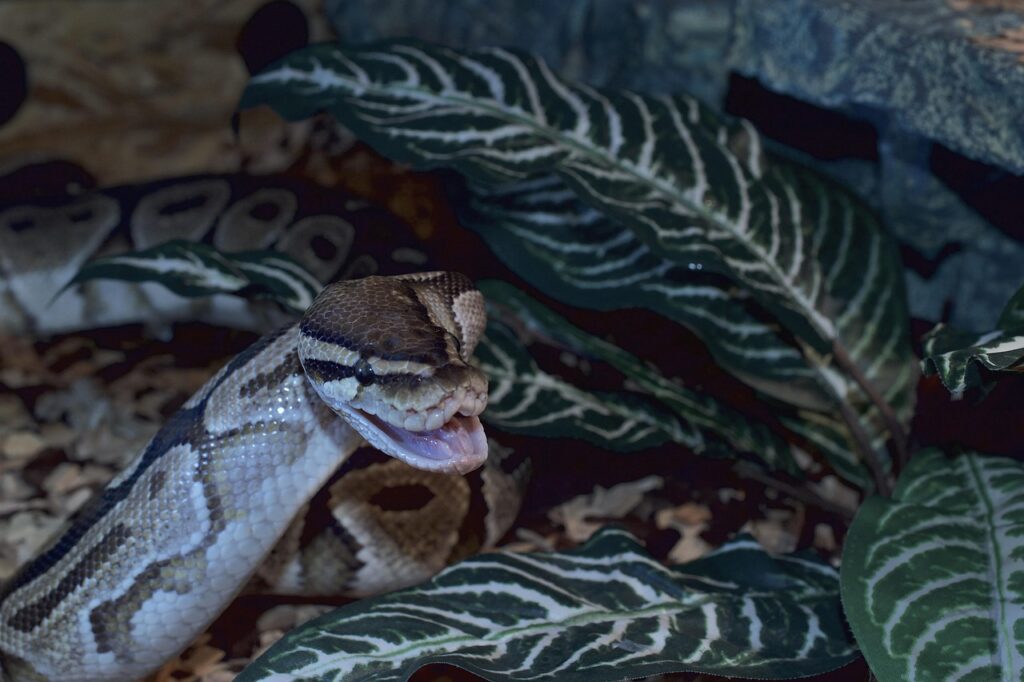
A properly set up enclosure is the foundation for a healthy, handleable ball python. Your snake’s habitat should include appropriate temperature gradients (75-80°F on the cool side and 88-92°F on the warm side), humidity levels between 50-60%, adequate hiding spots on both the warm and cool sides, fresh water, and proper substrate. A stressed snake due to inadequate housing conditions will be more defensive and less amenable to handling. Before establishing a handling routine, ensure your snake’s environmental needs are fully met and that they’re eating regularly. A comfortable, secure snake is much more likely to tolerate and even enjoy handling sessions compared to one that’s stressed by its living conditions.
Timing Your First Handling Session

Timing is everything when it comes to initially handling your ball python. New snakes should have a 1-2 week adjustment period in their enclosure before any handling attempts, allowing them to become comfortable with their new environment. Avoid handling for at least 48 hours after feeding to prevent regurgitation, which can be harmful to your snake’s health. Similarly, refrain from handling during shedding as snakes are more sensitive and stressed during this time—cloudy eyes, dull coloration, and hiding are indicators that shedding is imminent. The ideal time for handling is during the evening when they’re naturally more active, but not so late that the session interferes with your own sleep schedule. Start with brief 5-10 minute sessions and gradually increase the duration as your snake becomes more comfortable.
Proper Hand Washing Procedures
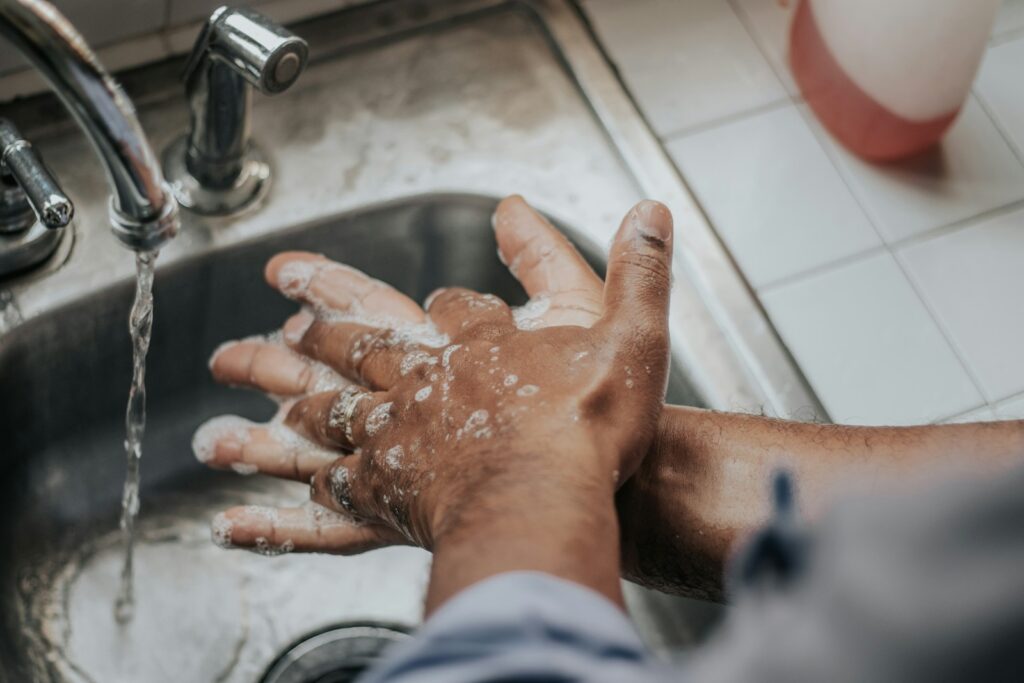
Proper hygiene is essential before and after handling your ball python to protect both you and your pet. Always wash your hands thoroughly with soap and water before handling to remove any scents that might trigger a feeding response, especially if you’ve recently handled other pets or food items. Ball pythons primarily rely on their sense of smell, and residual scents from rodents or other prey animals might confuse your snake into thinking your hand is food. After handling, wash your hands again to remove any bacteria naturally present on reptiles, including potential salmonella. For extra protection, especially when working with multiple reptiles, consider using a hand sanitizer after washing. This simple precaution helps prevent cross-contamination between animals and reduces health risks to human family members.
The Correct Way to Pick Up Your Ball Python

The proper technique for picking up your ball python is crucial for establishing trust and preventing stress. Begin by gently alerting your snake to your presence by lightly touching its body midway down its length with a snake hook or your hand, avoiding sudden movements that might startle it. Never grab your snake from above in a quick motion, as this mimics predator attacks and will trigger a defensive response. Instead, slide your hands underneath the snake’s body, supporting at least 1/3 of its length and never picking it up by the head or tail alone. Use gentle, confident movements rather than hesitant ones, as snakes can sense your nervousness. If your snake is balled up or showing signs of stress, postpone handling until another time when they appear more relaxed and receptive.
Supporting Your Snake Properly During Handling
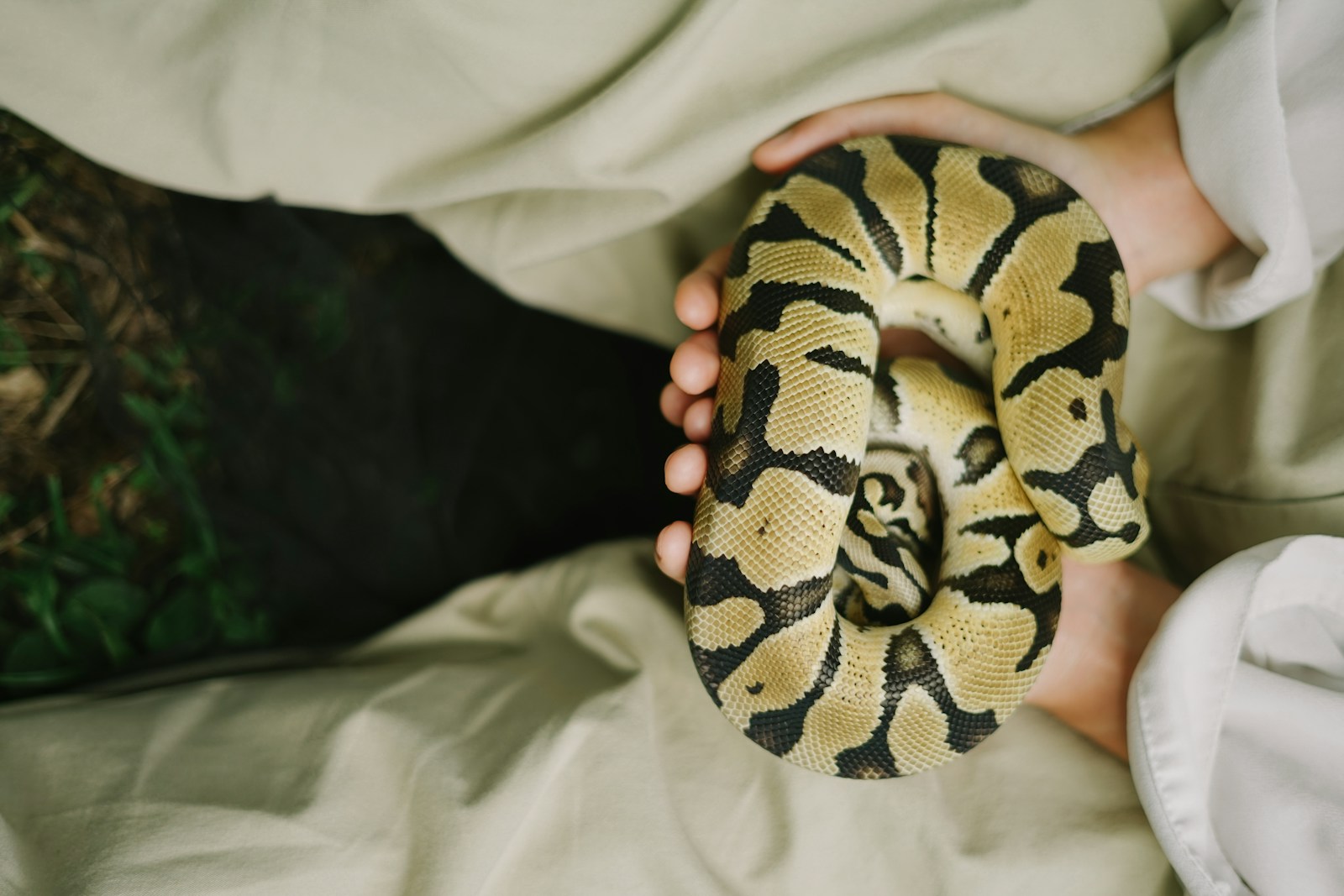
Once you’ve picked up your ball python, proper support is essential for its comfort and security. Always use two hands when handling, with one hand supporting the front third of the body and the other supporting the middle or rear sections. Never let your snake’s body dangle unsupported, as this can cause stress and potential injury to their spine. Allow your ball python to move freely between your hands and arms, which gives them a sense of control while still being safely handled. Be particularly mindful of supporting heavier adult ball pythons, which can reach 3-5 pounds and 4-5 feet in length. If your snake begins to wrap around your arm or neck, gently unwrap them starting from the tail end rather than trying to pull them off, which could cause injury.
Reading Your Ball Python’s Body Language
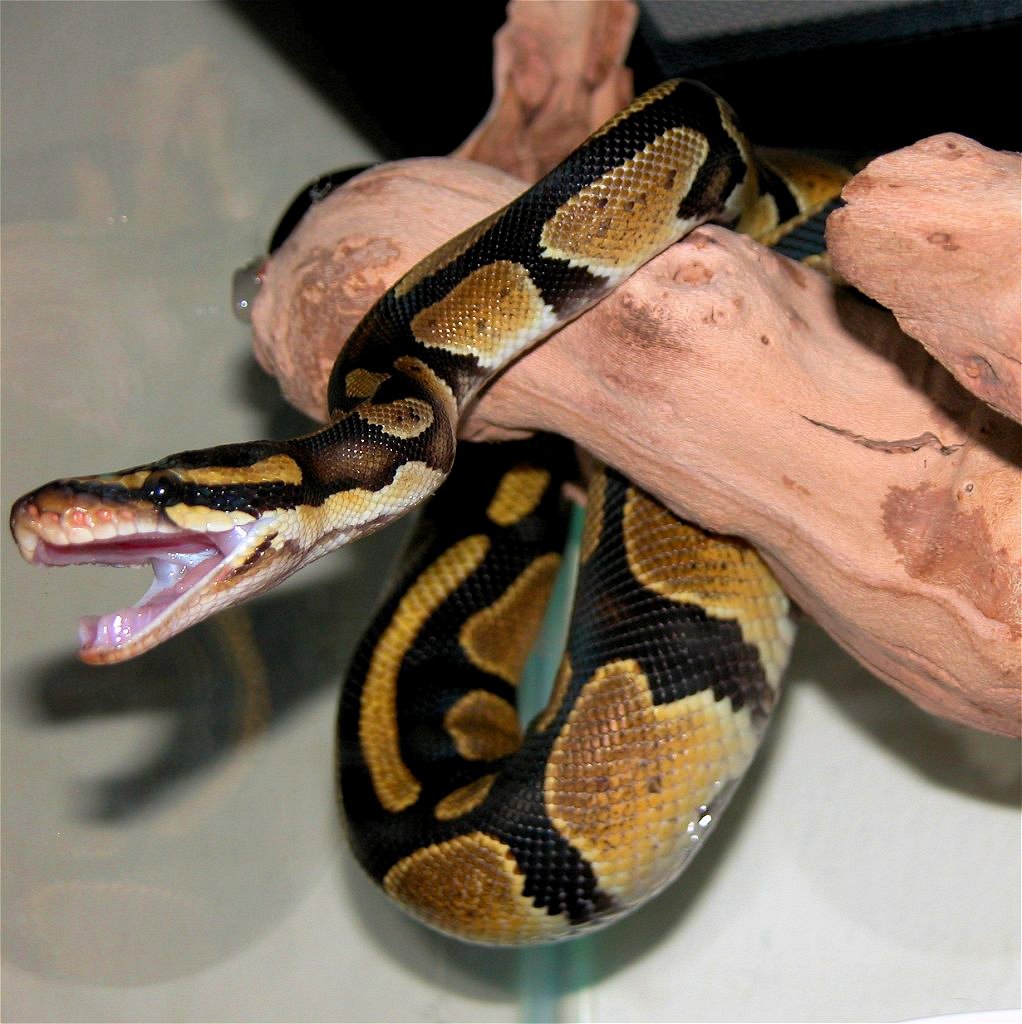
Understanding your ball python’s body language is essential for successful handling sessions and building trust. A relaxed ball python will move slowly and purposefully, with its body loosely draped across your hands or arms. Rapid movement, tensing of muscles, or pulling away indicates stress or fear and may signal that it’s time to return your snake to its enclosure. Head positioning is particularly informative—a snake that keeps its head raised and alert is assessing its surroundings, while one that tucks its head against your body or tries to burrow may be seeking security. Hissing, striking, or forming the defensive ball posture are clear signals that your snake feels threatened and handling should cease immediately. By paying close attention to these subtle cues, you’ll learn your individual snake’s comfort levels and preferences.
Managing Duration and Frequency of Handling Sessions
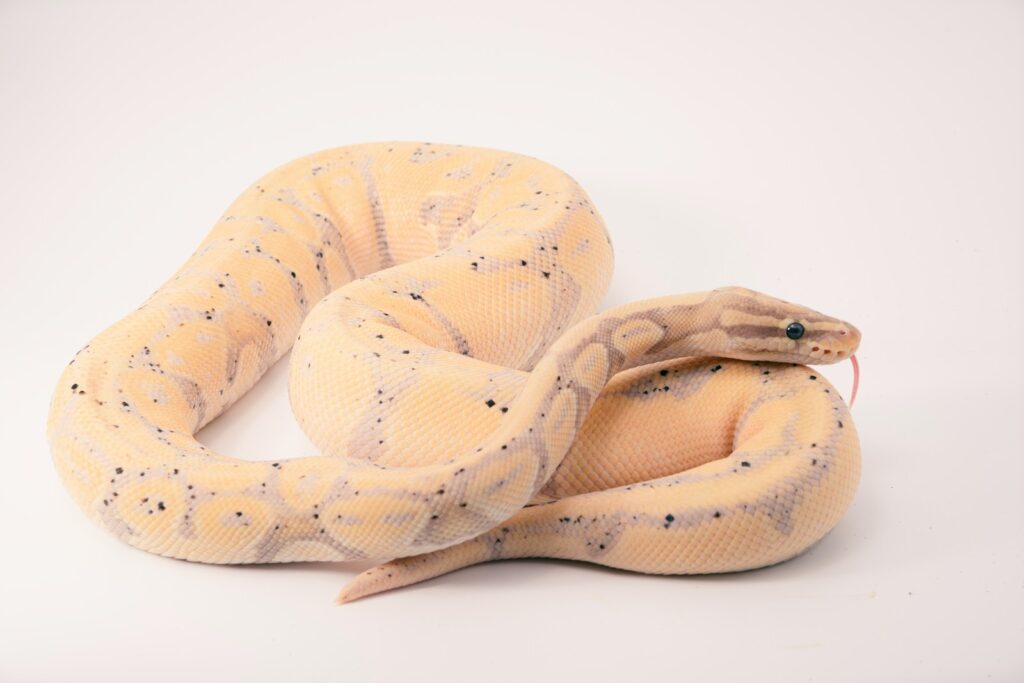
The duration and frequency of handling sessions should be gradually increased as your ball python becomes more comfortable with human interaction. For newly acquired snakes, limit initial sessions to just 5-10 minutes, 1-2 times per week. As your snake shows comfort with being handled, you can slowly extend sessions to 15-20 minutes and increase frequency to 3-4 times weekly. Even with well-adjusted ball pythons, sessions generally shouldn’t exceed 30 minutes to avoid stress or temperature drops, as reptiles rely on environmental heat for proper bodily functions. Creating a consistent handling schedule helps your snake develop familiarity and routine, leading to more positive interactions. Keep a handling journal to track your snake’s behavior during sessions, which can help you identify patterns and preferences unique to your individual pet.
Creating a Safe Handling Environment

The physical environment where you handle your ball python is just as important as the handling technique itself. Choose a secure, enclosed space for handling sessions where the temperature is between 75-85°F to keep your cold-blooded pet comfortable. Remove potential hazards like other pets, especially cats and dogs that might view your snake as prey or a threat. Ensure all doors and windows are closed to prevent escapes, and block any small gaps where a frightened snake might attempt to hide. Have a clean, flat surface available where you can set your snake down momentarily if needed. Some owners create a dedicated “handling area” with climbing opportunities like clean branches or specialized reptile handling stations, which can enrich the experience for both you and your snake while maintaining a controlled environment.
Handling Don’ts: Practices to Avoid

Certain handling practices should always be avoided to ensure your ball python’s safety and well-being. Never handle your snake immediately after feeding as this can cause regurgitation, which is potentially fatal—wait at least 48 hours after meals. Avoid handling during the shedding process when your snake’s skin is sensitive and its vision is compromised by the cloudy eye caps that develop before shedding. Never squeeze, restrain, or restrict your ball python’s movement during handling, which will create fear and defensive behaviors. Handling around the head area, especially with new snakes, can be interpreted as threatening and should be minimized. Avoid waking a sleeping ball python for handling, as startled snakes are more likely to strike defensively. Additionally, never handle your ball python when you’re ill, as reptiles can be susceptible to certain human pathogens.
Teaching Children and Family Members to Handle
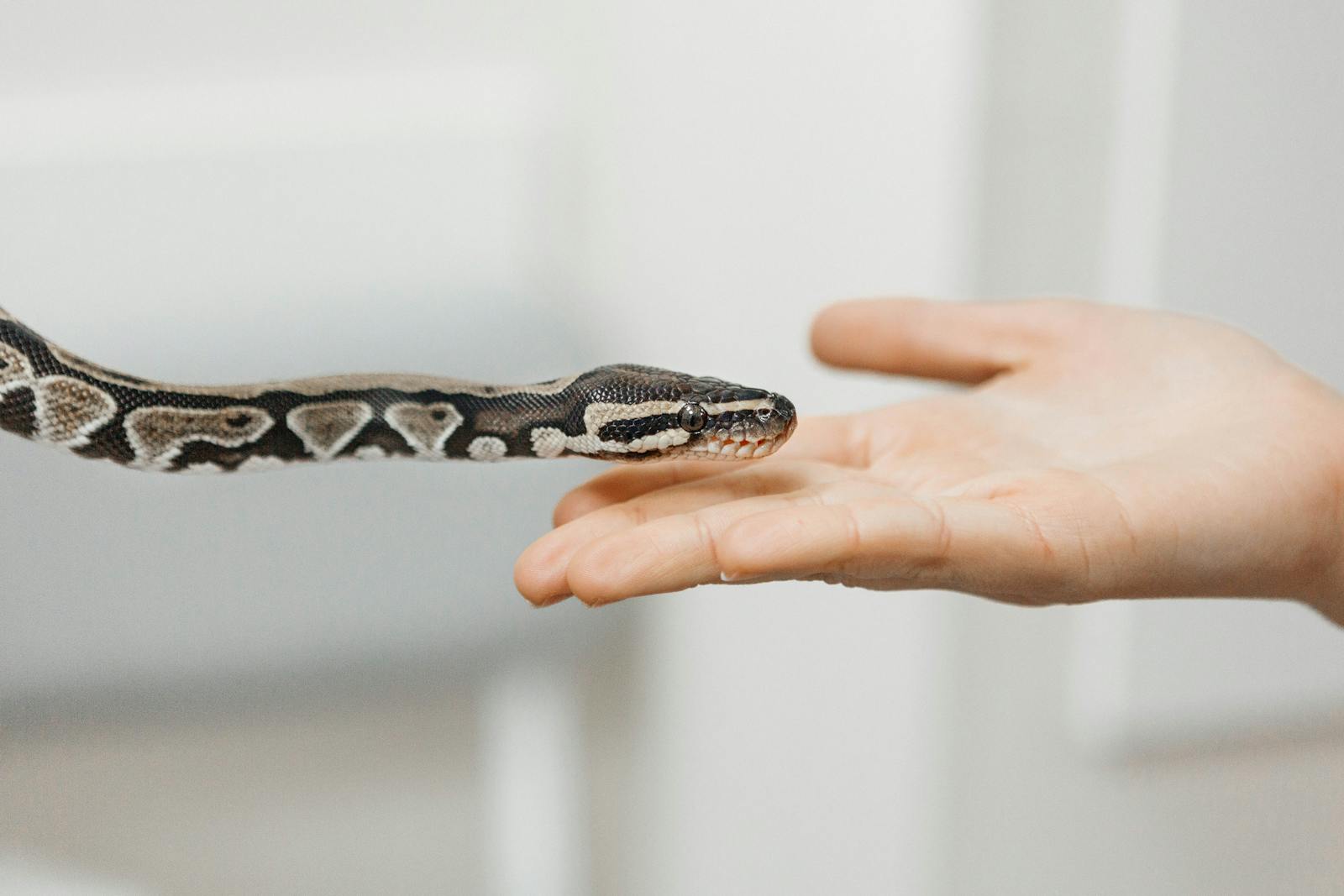
If multiple family members will be handling your ball python, consistent education and supervision are essential. Children under 5 should only observe handling with no direct contact, while older children can participate with constant adult supervision. Teach everyone in the household the proper support technique and how to recognize stress signals in your snake. Create clear rules about handling, such as always sitting on the floor when holding the snake to minimize fall injuries and never allowing the snake near the handler’s face. Implement a “two-touch” rule for beginners, where they must successfully touch the snake twice before attempting to pick it up, helping to build confidence and proper approach techniques. Consider creating a “handling certification” within your family where new handlers must demonstrate proper techniques before being allowed unsupervised sessions.
Dealing with Defensive or Shy Ball Pythons
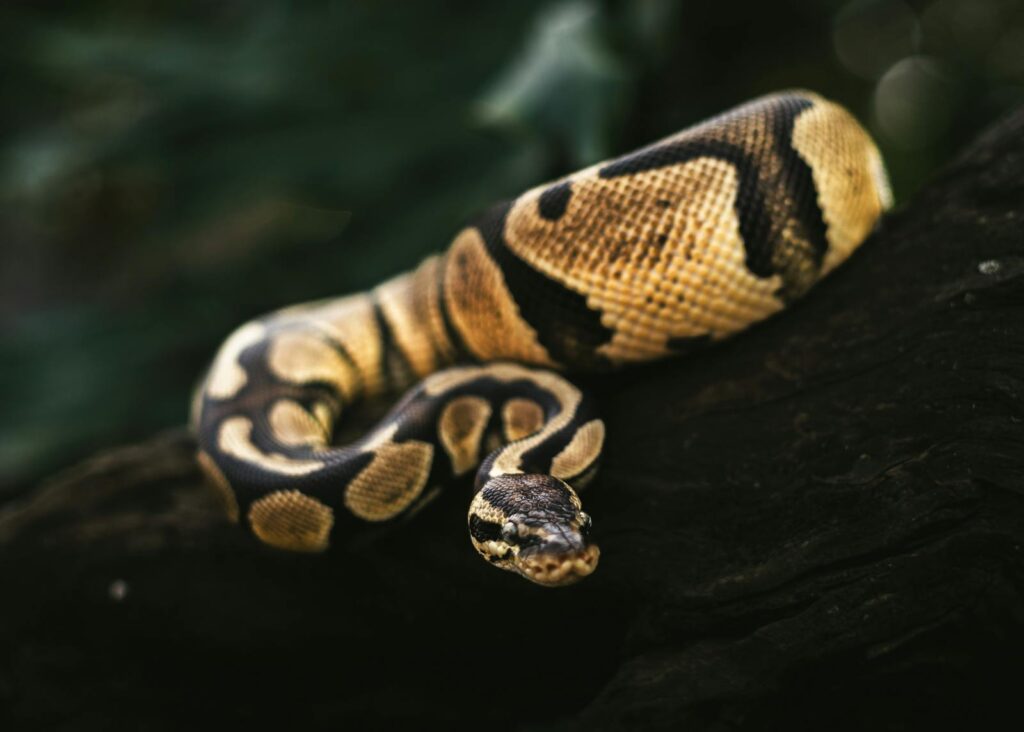
Some ball pythons may be naturally more defensive or shy than others, requiring additional patience and specialized handling approaches. For defensive snakes that hiss or strike, use a snake hook to gently lift them from their enclosure initially, switching to hand support once they’re clear of their territory. Practice “touch desensitization” by briefly touching your snake daily without removing it from the enclosure, gradually increasing contact time until the snake shows comfort with your presence. For extremely shy specimens that constantly hide, try handling sessions during their natural active periods in the evening under dim lighting conditions. The “paper towel method” can be effective for very nervous snakes—place a paper towel over the snake before picking it up, then remove it once the snake is supported, providing a transition period that reduces stress. Remember that some ball pythons may never become handling enthusiasts, and respecting their individual temperament is part of responsible ownership.
Building Trust Over Time
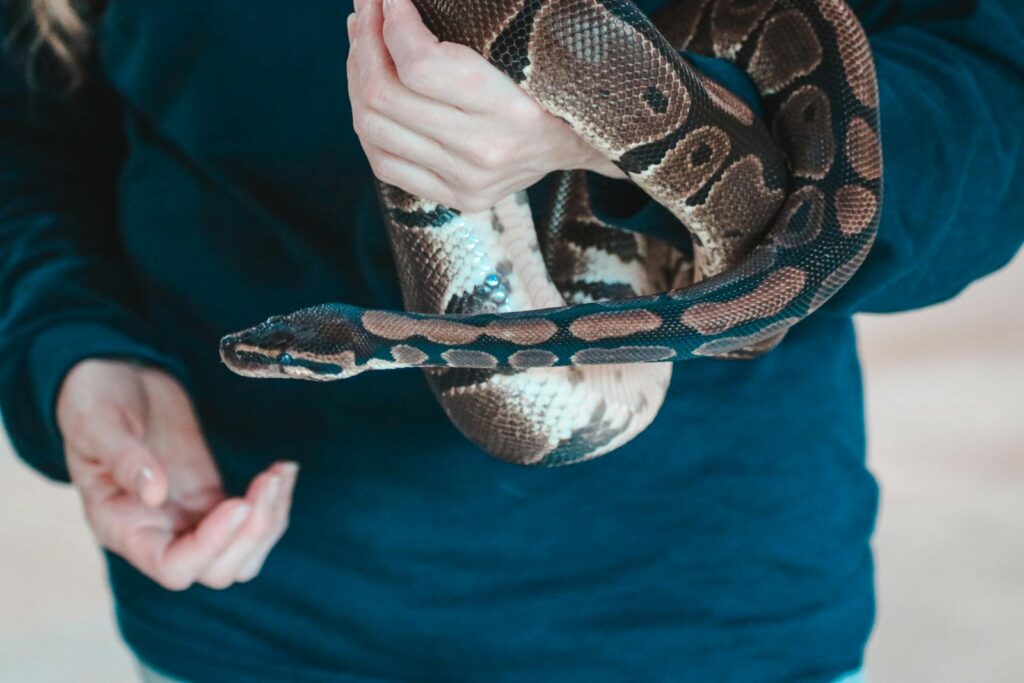
Building a trusting relationship with your ball python is a gradual process that requires consistency and respect for your snake’s individual personality. Maintain a predictable handling routine that your snake can become accustomed to, using the same approach techniques and even wearing similar clothing to reduce new variables. Consider target training your ball python using gentle touch reinforcement, where handling sessions are paired with positive experiences. Some owners find that providing a small, secure hide like a fabric pouch or sleeve during initial handling sessions gives nervous snakes confidence. The trust-building process may take anywhere from weeks to months depending on your snake’s temperament and history. Remember that success looks different for each snake—for some, calmly exploring while being handled indicates trust, while for others, simply not balling up or attempting to flee is significant progress.
When to Seek Professional Help

While most ball pythons adapt well to handling with proper technique and patience, certain situations warrant professional assistance. If your snake consistently shows extreme stress or aggression despite weeks of correct approach methods, consulting with a reptile behaviorist can provide specialized guidance. Snakes that refuse to eat for multiple weeks after handling sessions may be experiencing abnormal stress levels that require adjustment to your techniques. Any sudden change in a previously calm snake’s behavior, such as unexpected striking or defensive posturing, might indicate an underlying health issue requiring veterinary attention. Local herpetological societies, reptile rescues, and exotic pet veterinarians can often provide hands-on demonstrations or one-on-one coaching for owners struggling with handling challenges. Professional intervention early on can prevent the development of long-term behavioral issues that become increasingly difficult to address.
Handling your ball python successfully is a skill that develops over time through patience, consistency, and respect for your snake’s individual needs. Remember that these fascinating creatures have their own personalities and comfort levels—some may enjoy regular handling while others merely tolerate it. By following proper techniques, reading your snake’s body language, and creating positive experiences, you’ll build a foundation of trust that enhances your relationship with your ball python for years to come. Prioritize your snake’s well-being over your handling desires, especially when they’re adjusting to a new home, going through shedding, or showing signs of stress. With time and proper technique, most ball pythons can become comfortable, even relaxed, during handling sessions—making them the perfect introduction to the rewarding world of reptile keeping.


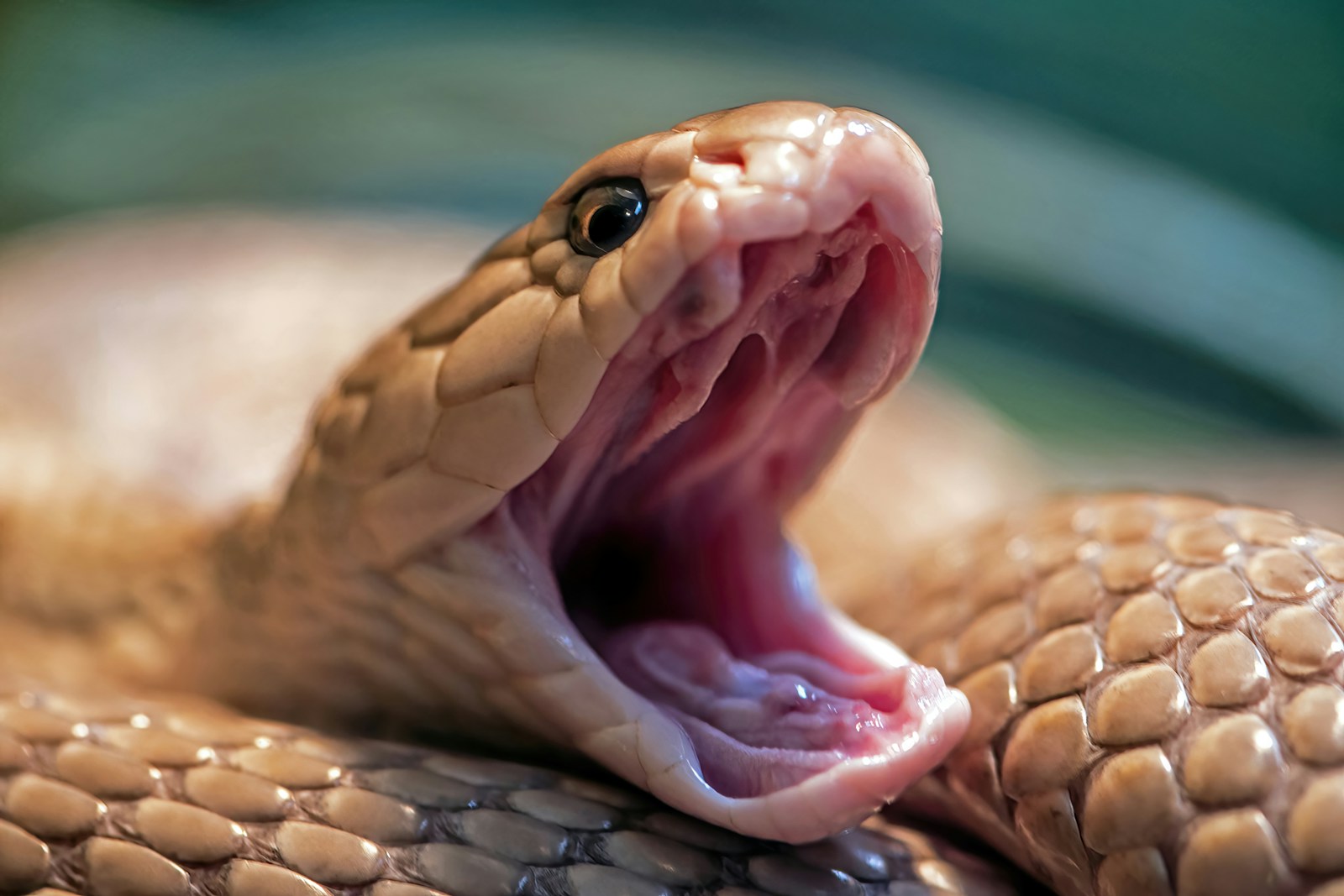



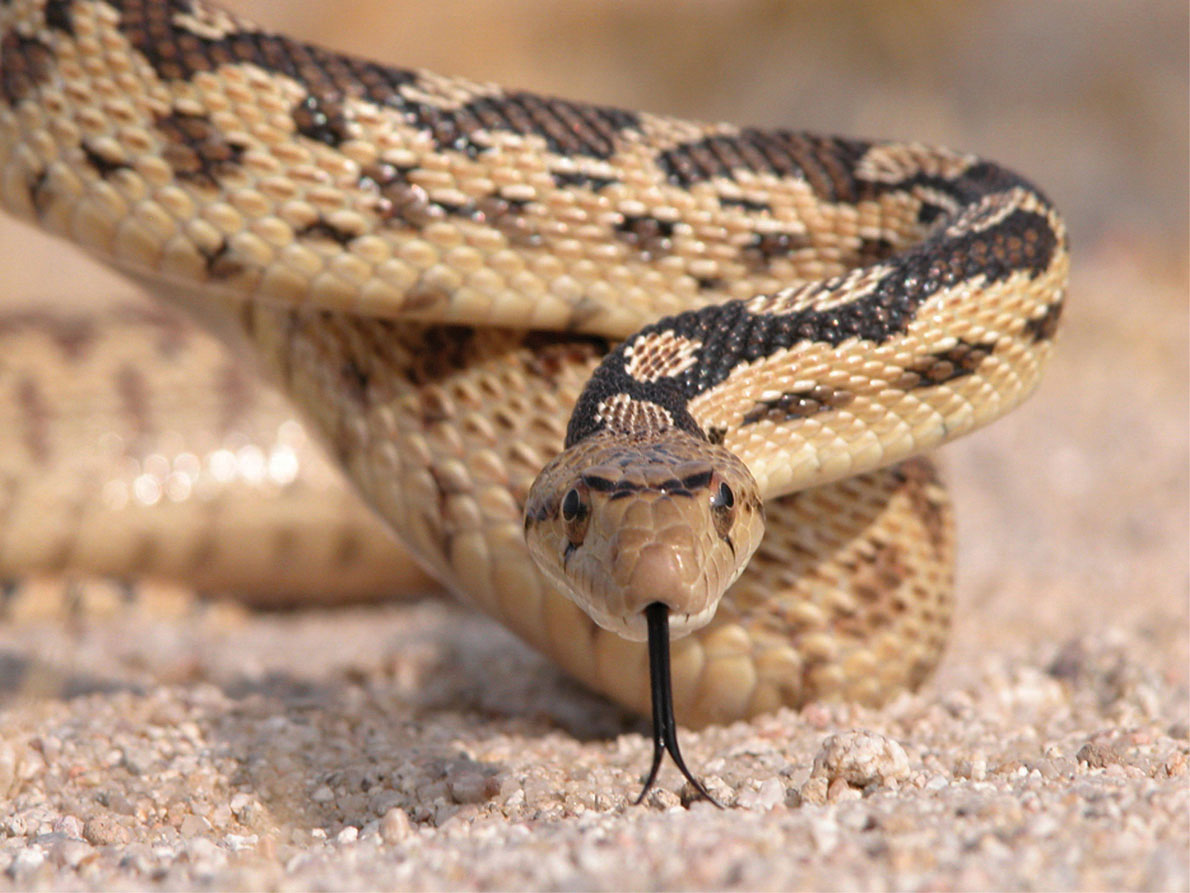
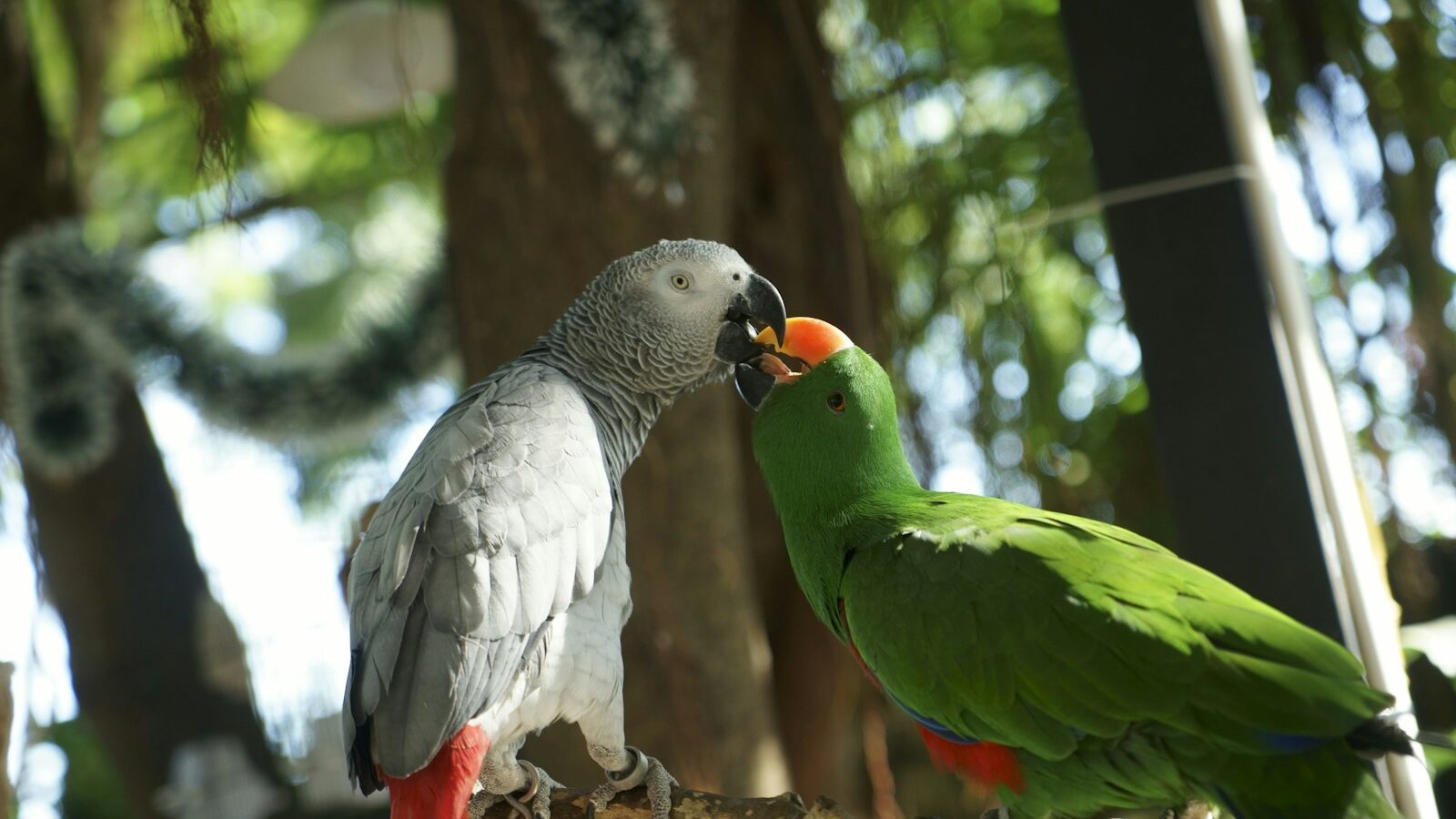
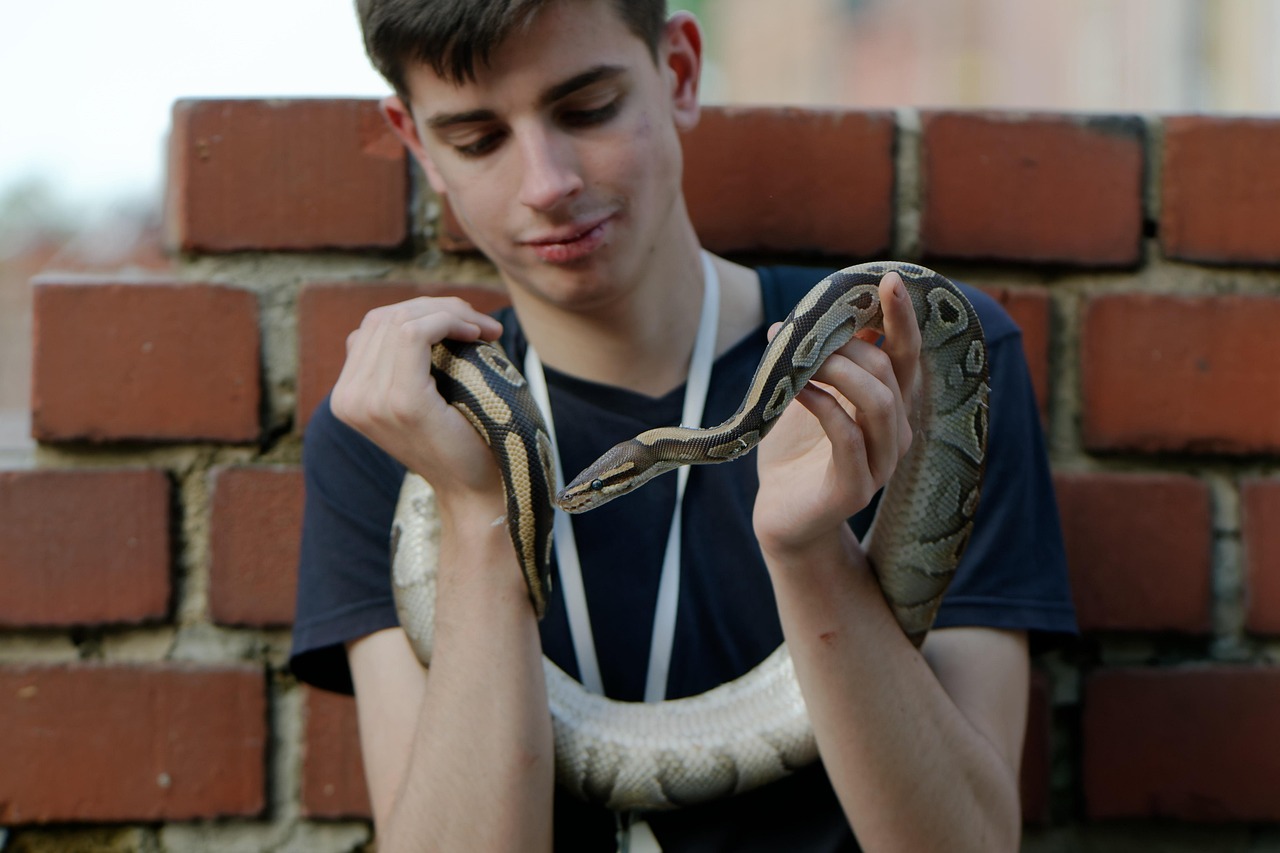
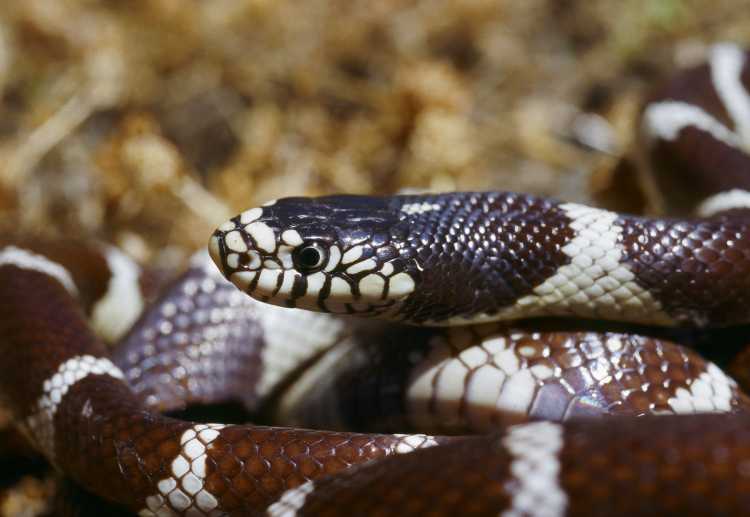




Leave a Reply